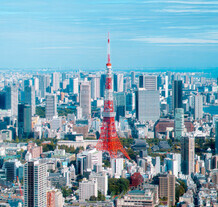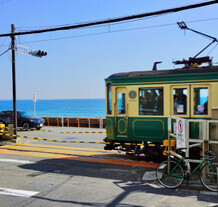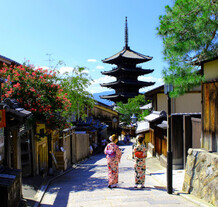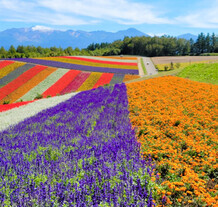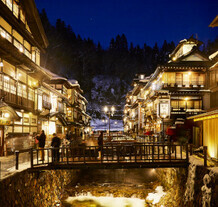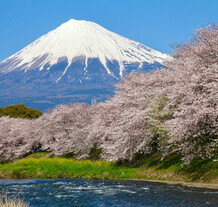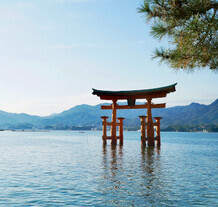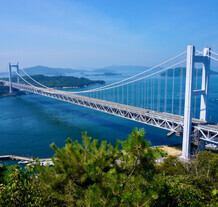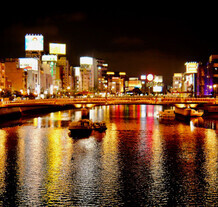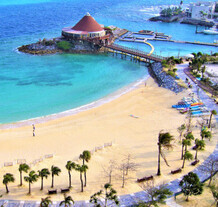![Voyage for [Fukui Amaebi], the Future of Fishermen | Part 1](/gg/content_image/img_07_w345z.jpg)
Voyage for [Fukui Amaebi], the Future of Fishermen | Part 1
When asked about the local specialty of Fukui Prefecture, what comes to your mind? Echizen crab, or the king of the winter, would be a classic choice. Records claim that the oldest snow crab fishing in Japan was in Fukui Prefecture. During the Edo period, Echizen crab was one of the designated offerings for the shogunate. However, the crab is not the only seafood that can be caught here. The offshore from Tango-hantō to Noto-hantō peninsula, which is a fishing ground for crabs, is also a well-known spot for the amaebi sweet shrimp. The brand “Fukui Amaebi” was established in 2021 with an aspiration to promote sophisticated jumbo amaebi as a local delicacy. To unearth the secrets to the sweet amaebi that melts in your mouth, we flew straight to Fukui.


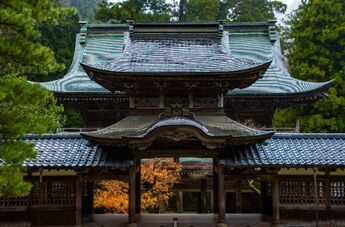








![Enjoy tea ceremony preparation, tea kaiseki, and Japanese concept cocktails at [Sokkon] in Omotesando, Tokyo](/gg/content_image/MM_2276_150x105z.jpg)

![Tasting Vegan Ramen from a Bib Gourmand Listed Restaurant in Tokyo's Art Space [Vegan Ramen UZU Tokyo]](/gg/content_image/MM_4643_150x105z.jpg)
